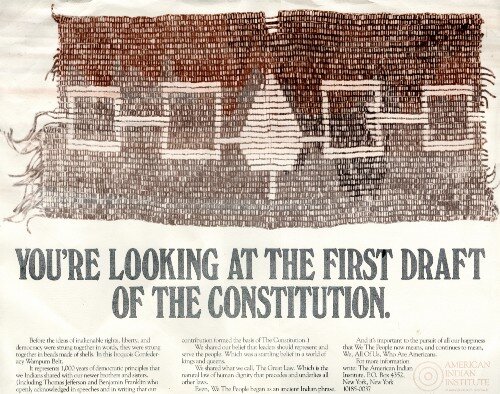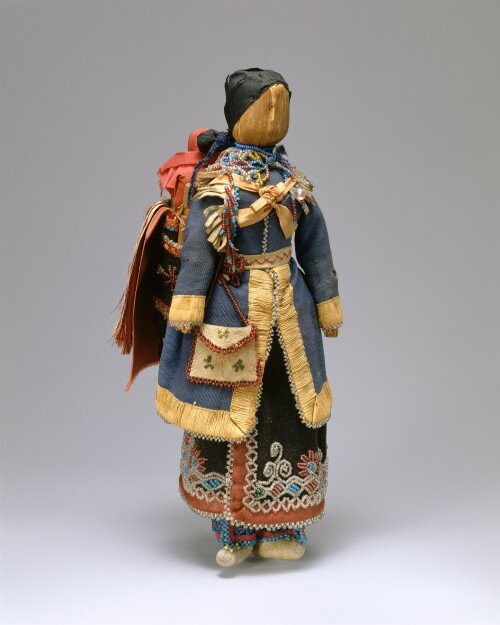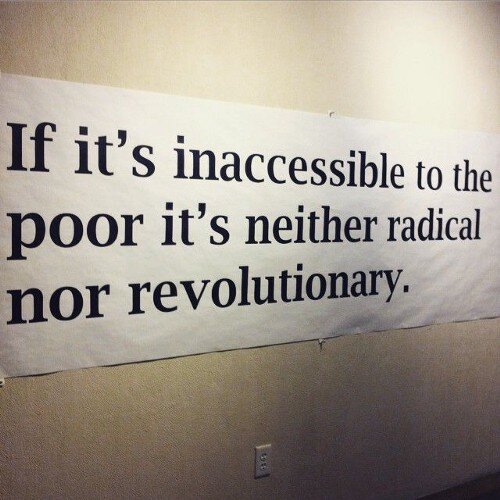Before Everyone Was Talking About Decentralization, Decentralization Was Talking to Everyone
Read the full article on Medium
Every month, 55 million people play Minecraft, often hosting customized versions of collaborative worlds on their own home computers. The rules, formats, stories, and “mods” that these communities create are invite-only, and if you are lucky enough to receive an invitation, you will likely be talking, chatting, trolling with them on Discord, along with 130 million other users. If you want to learn the stories from these communities you can watch them live on Twitch, where a million people are watching at any given point in time. There are millions of stories created by collectives, hordes, bands, tribes, teams and pods that you may never know about or be able to follow. There are 1.8 billion gamers around the world who are probably ok with that.
These new formats are popular because they meet a deep psychological need: the basic human drive to interact with other people through stories. I call this new way of telling stories “decentralized storytelling.”
Decentralized storytelling only seems new. Although these forms make use of 21st century technologies, many of these techniques have a precedent in much older storytelling traditions. My thinking on this method for communicating through time is heavily informed by my native tradition (I am Seneca-Cayuga, Haudenosaunee, a “‘Native New Yorker” lol). My community has practiced decentralized storytelling for generations.
To those of us schooled in 20th century forms of storytelling — writing, film, radio, television — these new decentralized forms may not be recognizable as stories at all. Unlike publishing, radio, film, and television, which broadcast from a single source to an audience of many, decentralized storytelling networks are peer-to-peer; they emerge from the collective space of audience participation.
Communities organize around collective stories.
Creation Story
a video by Amelia Winger-Bearskin, staring Tristan Winger-Bearskin, Charlene Winger-Bearskin with Wendy Red Star artwork. A re-telling of the Iroquois creation myth





